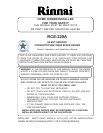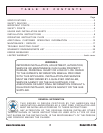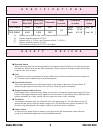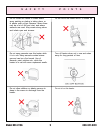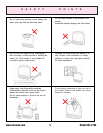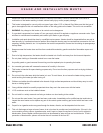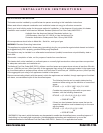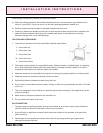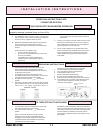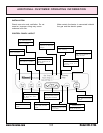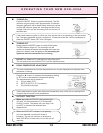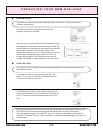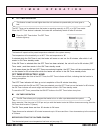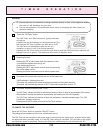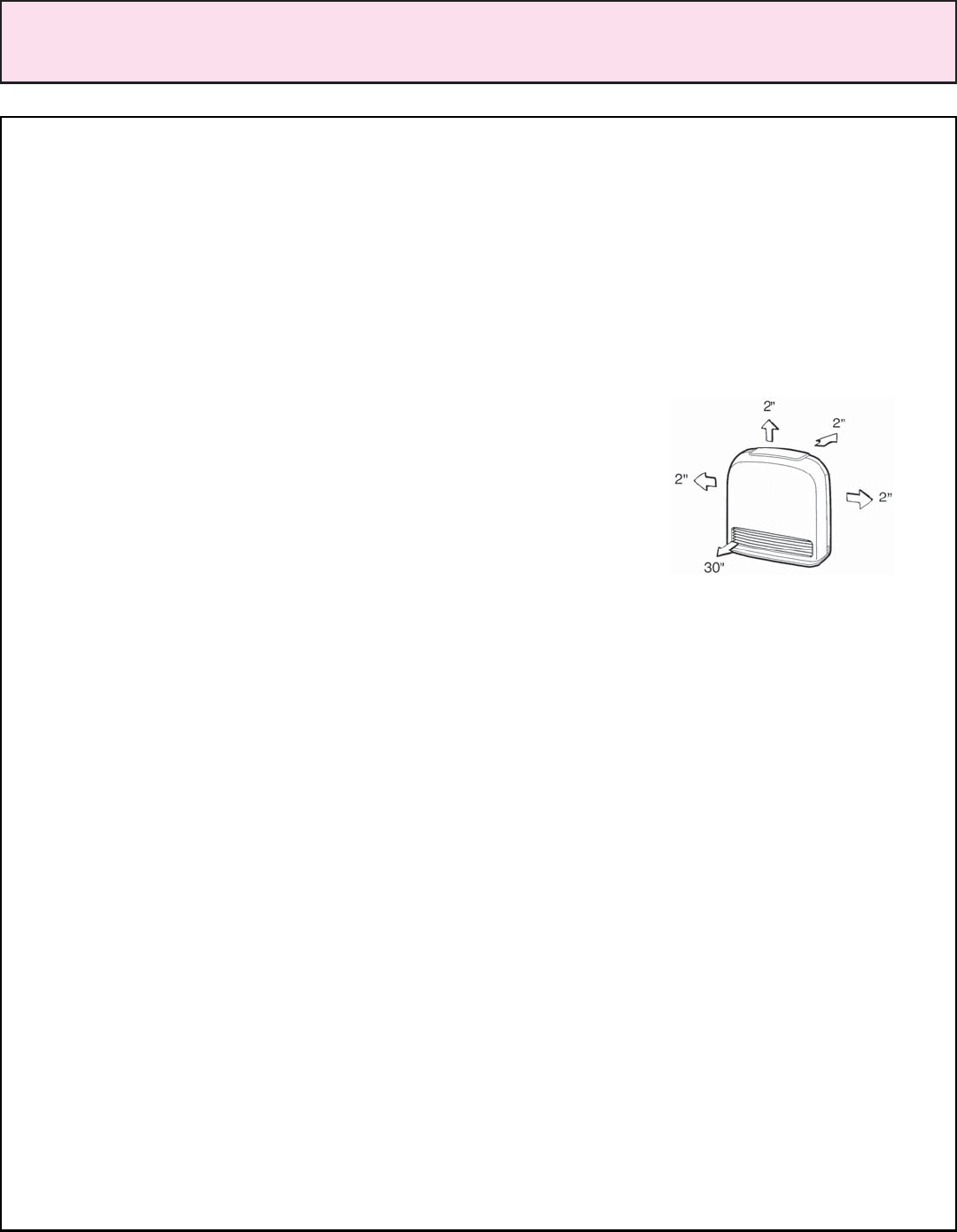
Model RCE-229A 800-621-94199
Unusually tight construction is defined as construction where:
a) Walls and ceilings exposed to the outside atmosphere have a continuous water vapor retarder with a
rating of 1 perm (6X10
-11
kg per pa-sec-m
2
) or less with openings gasketed or sealed, and
b) Weather stripping has been added on openable windows and doors, and
c) Caulking or sealants are applied to areas such as joints around window and door frames, between sole
plates and floors, between wall-ceiling joints, between wall panels, at penetrations for plumbing,
electrical, and gas lines, and at other openings.
LOCATION AND CLEARANCES
1. The minimum clearances from the combustible materials areas follows:
2 inches from top
2 inches from back
2 inches from side
30 inches from front
0 inches from bottom
2. This heater may be installed on combustible flooring. When the heater is installed directly on carpeting,
tile or other combustible material other than wood flooring, the heater shall be installed on a metal or
wood panel extending the full width and depth of the heater.
3. Adequate clearances for accessibility for purposes of servicing and proper operation must be provided.
4. Adequate clearances around air openings must be provided.
5. Right and left sides are determined when facing the front.
6. Do not install in areas where curtains, drapes, clothing, or other moving flammables are within 12 inches
of this unit.
7. This unit is designed to mount directly to a wall with optional wall mounting kit. See page 24 for part No.
of wall mounting kit.
8. Make certain of adequate combustion and ventilation air.
9. Do not oversize the heater to the room.
GAS CONNECTION
1. The gas supply line shall be gas-tight, sized and so installed as to provide a supply of gas sufficient to
meet the maximum demand of the heater without loss of pressure.
2. A shut off valve (or appliance connector valve) should be installed in the upstream of the gas line to
permit servicing.
3. Flexible pipe and any appliance connector valve used for gas piping shall be types approved by
nationally recognized agencies.
INSTALLATION INSTRUCTIONS



